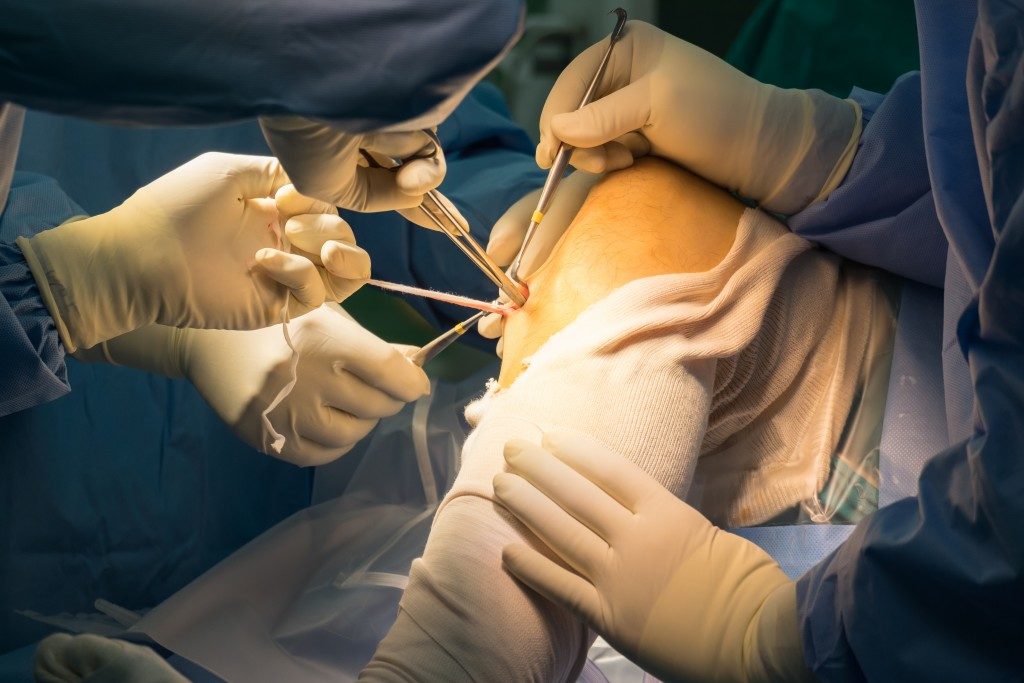A knee injury due to a torn ligament or cartilage can be really painful, especially if left untreated. If other less invasive treatments don’t work, your doctor may suggest knee surgery. Other conditions that knee surgery can treat are rheumatoid arthritis, osteoarthritis, and post-traumatic arthritis. The type of surgery you need to undergo will depend on your condition. Many surgeons in Provo, Utah often recommend the following knee surgery procedures for their patients.
Total Knee Replacement
Total knee replacement is the most common type of knee surgery, which involves the replacement of the entire joint with a prosthesis of ceramic, metal or plastic components. It is only considered by surgeons as a last resort when other more conservative treatments and therapies don’t work.
After a total knee replacement, you will be required to stay in the hospital for a few days. During your time at the hospital, you will be given medicines to prevent blood clots, as well as for pain management. Many people can resume most of their daily activities in four to six weeks after the surgery. However, you will need to wait until you can bend your knees to allow you to get in and sit comfortably in a car before you can start driving again.
Arthroscopy
Arthroscopy is minimally invasive knee surgery. During treatment, your doctor will make a small incision over the skin on the knee. A tiny lighted scope and other small instruments are then inserted inside the incision to help diagnose and treat the problem. Arthroscopic surgery is recommended for the following:
-
- Repair or remove torn menisci
- Trim torn pieces of the joint cartilage
- Repair a torn cruciate ligament
- Remove inflamed joint lining
- Remove small fragments of cartilage inside the knee
People who have undergone a knee arthroscopy can usually go home in just two hours after the procedure. However, you may need to take some medication to manage the pain for several days after your surgery. You may also need to use crutches for several weeks, but most people can drive again in just one to three weeks. You’ll likely be back to your regular activities within six to eight weeks.
Osteotomy

During an osteotomy, the surgeon will cut, reshape, and reposition the bones to take the weight off the damaged area of the knee, which helps reduce pain and even improve the function of the knee. This is mostly done when the damage is limited to only a certain section of the knee. It may also be used to correct broken bone that did not heal properly.
You may need to spend a day or two in the hospital following the procedure. Your doctor may also put a brace or cast on your knee while it heals, so you will likely be using crutches for several weeks. Most people can resume their daily activities within three to six months after the surgery.
Your surgeon will recommend the type of surgery based on the severity of your knee condition or injury. Although aftercare may vary based on the type of surgery, all patients must keep their wounds dry as much as possible until they are completely healed. Eating nutritious foods with lots of iron can also help encourage faster healing.
